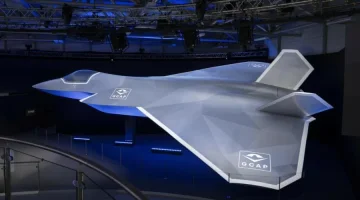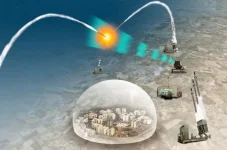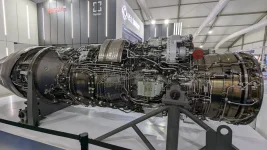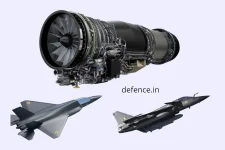- Views: 2K
- Replies: 24
The Indian Air Force (IAF) is facing a potential challenge to its regional air superiority with the news that Pakistan is set to acquire 40 J-35A fifth-generation stealth fighter jets from China.
This development puts Pakistan ahead of India in deploying these advanced combat aircraft, as the IAF's own fifth-generation fighter, the Advanced Medium Combat Aircraft (AMCA) MkI, is not expected to enter service for another 7 to 9 years.
The introduction of J-35A jets into the Pakistan Air Force (PAF) could grant Pakistan a significant technological advantage over India in the coming years, potentially impacting the strategic balance in South Asia.
Furthermore, Pakistan's ambitions extend beyond the J-35A. The PAF aims to transition to an almost entirely fifth-generation fleet by 2047, with plans to operate around 450 such aircraft, including potential acquisitions like the Turkish Kaan jets and possibly even indigenous development based on technology transfers from China.
This assertive move by Pakistan underscores its intention to challenge India's traditional air dominance in the region. The IAF must recognize this shift and respond strategically.
The AMCA program now takes on even greater significance, and the IAF needs to expedite its development and induction. This includes ensuring the project stays on schedule and that production scales up rapidly once the design is finalized.
Beyond the AMCA, India should consider bolstering its fifth-generation fighter capabilities through additional procurement or by increasing the production of existing platforms like the LCA Tejas Mk2, which could serve as an interim solution.
Looking further ahead, the IAF must initiate the design and development of a sixth-generation fighter jet to keep pace with global advancements and ensure its long-term competitiveness.
To accelerate development and gain access to new technologies, India might explore international collaborations for technology sharing and co-development, similar to how Pakistan is leveraging its relationship with China.
Furthermore, a reassessment of defence spending may be necessary, with a greater focus on R&D and the acquisition of advanced aerial platforms.
The IAF also needs to consider the potential for coordinated strategies between Pakistan and China, as the People's Liberation Army Air Force (PLAAF) is also moving towards a fifth-generation fleet. The IAF must prepare for a scenario where it might face both adversaries equipped with advanced stealth capabilities.
In conclusion, Pakistan's acquisition of the J-35A creates a sense of urgency for India's indigenous fighter jet programs. By accelerating the AMCA's development, exploring international collaborations, and potentially increasing the acquisition of fifth-generation fighters, India can maintain its technological edge and ensure its air superiority in the face of evolving regional dynamics.





